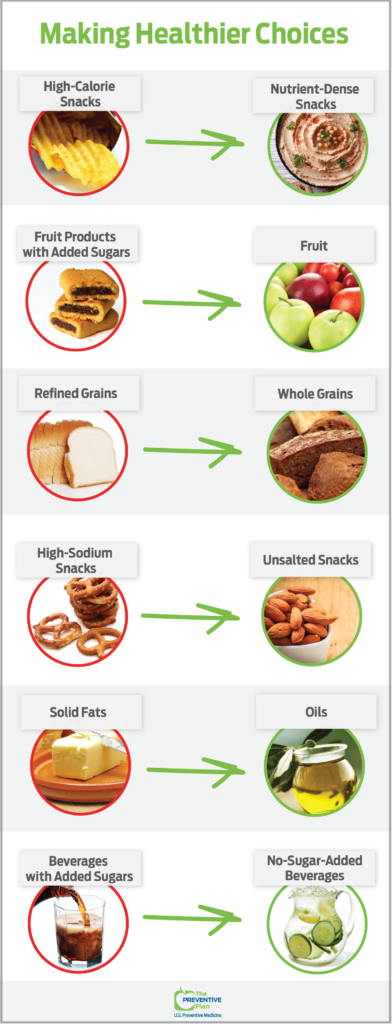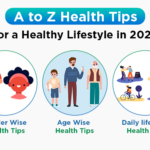Eating out can be a fun and social experience, but it can also be hard to make healthy choices when you don’t have control over the ingredients and preparation. That doesn’t mean you have to stick to salads and miss out on the full experience of a delicious meal! With a bit of guidance, you can make healthier choices when eating out and still enjoy your food. Here are some tips to help you make healthier decisions when dining out.
Research Restaurant Menus Ahead of Time

If you’re looking to make healthier choices when eating out, one of the best things you can do is research restaurant menus ahead of time. It’s so easy to do with the internet, so why not take advantage of it? Take a few minutes to look up the menu online and see what healthier options are available. You can ask the restaurant if they have any special dishes or substitutions that are healthier. It’s also helpful to check the nutrition facts of certain dishes if the restaurant has them available. Doing this research beforehand will make you feel more confident about making healthier choices when you’re at the restaurant.
Make Smart Substitutions

When eating out, it is possible to make healthier choices by opting for smart substitutions. For instance, instead of ordering a cheeseburger and fries, consider choosing a grilled chicken sandwich with a side of vegetables. With this simple switch, you can significantly reduce your calorie and fat intake. Additionally, avoid using mayonnaise or creamy sauces on your sandwich and opt for mustard, salsa, or ketchup instead. Avoiding cheese altogether is also a great way to cut back on fat and calories. Additionally, you can substitute the fries with a side salad or a bowl of soup. This can help you stay energized and satisfied without overdoing your daily caloric intake.
Choose Healthier Appetizers

When eating out, healthier appetizer choices can be hard to come by. Before you order, take a look at the menu and opt for lighter options like salads, sushi, or grilled vegetables. If you can’t find anything that looks appealing, try splitting an appetizer with a friend or two. This way, you can still get to try something without overindulging. Additionally, it’s best to avoid fried foods and opt for grilled or steamed dishes instead. If you’re eating somewhere with a buffet, fill up on vegetables, fruits, and lean proteins. Remember, it’s okay to treat yourself every once in a while, but making healthier appetizer choices helps ensure your meal won’t be full of empty calories.
Opt for Healthier Side Dishes

If you’re trying to make healthier choices when eating out, opt for healthier side dishes. Instead of fries, choose a side salad with a light vinaigrette, or some steamed veggies. Ask for a side of fruit, or even plain yogurt with some granola. When choosing a main dish, opt for grilled or roasted proteins instead of fried and steer clear of heavy sauces or gravies. If you’re ordering pasta, choose whole wheat noodles and ask for a light sauce. All these little changes can make a big difference to your health!
Be Wary of Hidden Sugars and Fats

When eating out, it’s important to be aware of the hidden sugars and fats that can be lurking in restaurant meals. Many restaurants will use added sugars and fats in dishes to enhance flavor, but it can be easy to overlook how much of these ingredients are in the food. Some common culprits include salad dressings, sauces, and even sandwiches. To make healthier choices, try to read the nutrition labels on the menu or ask your server what ingredients are used in the meal. Also, opt for grilled rather than fried foods, and try to avoid dishes that contain a lot of cream-based sauces. Making informed decisions can help you make healthier choices when dining out.




